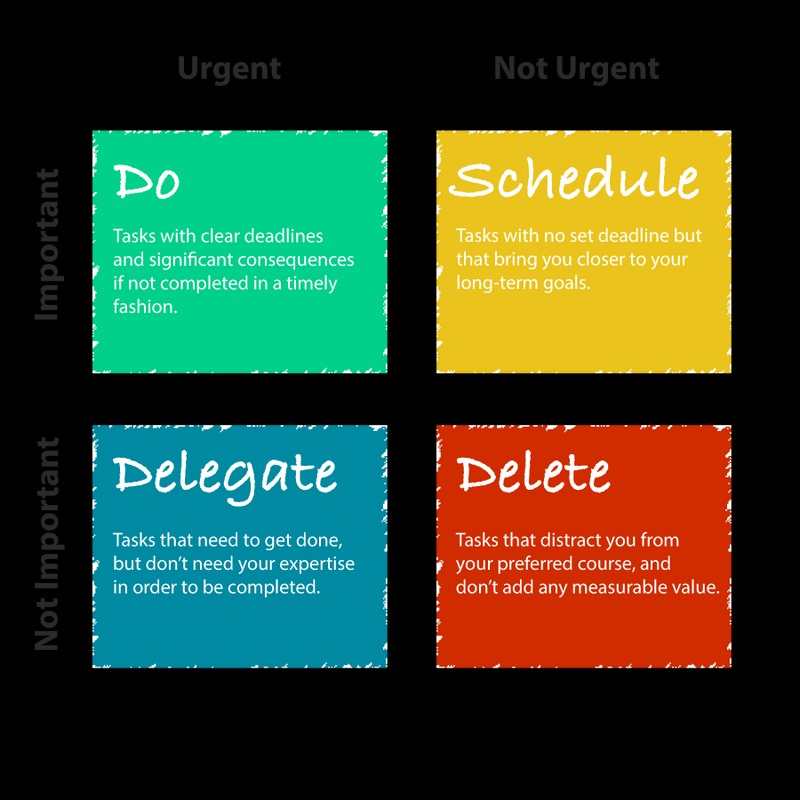Education professionals know that observing students and noting their progress, challenges, and behaviors is crucial to provide the best individualized instruction. However, with the myriad responsibilities educators have, it can be tough to efficiently track these observations. Luckily, there are clever strategies and tools you can use to streamline this process.
1. Digital Note-Taking Apps: Utilize apps like Evernote, OneNote, or Google Keep. These are great for quickly jotting down observations. They sync across devices, allow for voice notes, images, and even hand-written notes if you’re using a tablet.
2. Color-Coded Sticky Notes: For those who prefer a tangible method, sticky notes can be a lifesaver. Designate different colors for different types of observations or for various subjects or skills; this visual cue can help in quickly categorizing the feedback.
3. Mobile Device Voice Memos: If you always have your phone handy, consider making quick voice memos describing your observation. Later on, you can transcribe these or listen to them when planning future lessons.
4. Spreadsheets: Tools like Google Sheets or Microsoft Excel are excellent for tracking progress over time. Set up a template with student names and key areas you’re monitoring; this makes it easy to add new data after each observation.
5. Checklists: Have a list of behaviors or skills that you’re looking out for in your students? Use checklists to make fast work of noting who has demonstrated what skillset during an activity.
6. Collaborative Documents: For teams of teachers working with the same set of students, consider shared Google Docs where observations can be compiled in one place. This allows for cohesive planning and intervention strategies.
7. Scheduled Observation Times: Sometimes the best strategy is simply scheduling regular intervals specifically dedicated to observing students—this avoids the scattergun approach and ensures consistency.
8. Online Learning Platforms & LMS Features: Many Learning Management Systems have built-in features that allow teachers to make observational notes that attach directly to student profiles or assignments.
9.Video Recording Sessions: If permitted, short video recordings of student interactions can be incredibly insightful for later review and reflection.
10. Specialized Education Apps: There are specialized apps designed to assist teachers with student observations — these often include analytics and reporting features which translate raw data into actionable insights.
Using these tips not only helps keep track of student observations efficiently but also ensure that every child’s learning journey is documented effectively. This contributes significantly towards tailoring education plans that adapt to each student’s unique needs and abilities.










